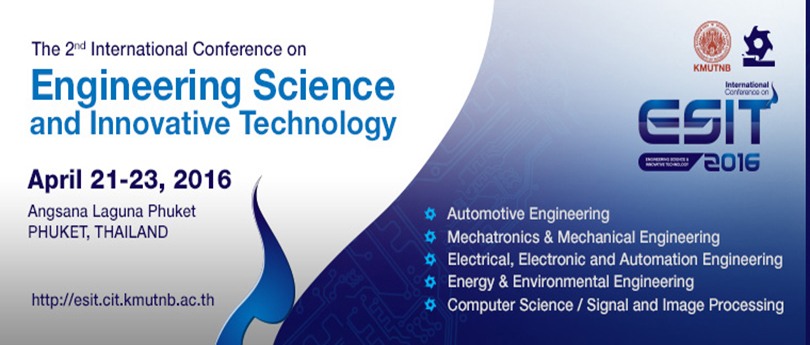บทคัดย่อ
This paper simulates the products from an exhaust gas fuel reforming of rapeseed methyl ester (RME) in comparison with ultra-low sulphur diesel (ULSD). Both types of fuel were also correspondingly used as reformer fuels. In all cases, the reactor inlet temperature was kept constant at 300°C which represents exhaust gas temperature at low load engine condition and is comparable to the actual average exhaust gas temperature. The gas hourly space velocity (GHSV) was set-up at 30,000 h-1 and 45,000 h-1 whereas the latter is a half of typical value for automotive three-way catalytic converters. Different fuel flow rates between 25 and 55 mlh-1 were tested. The reforming products and temperatures were calculated using an equilibrium model. The results have shown that different engine and reforming fuels affect the produced reformed gasses. Reforming of RME produced less hydrogen compared to the ULSD reforming. The results from simulation were compared with those from experiment at the same condition. At the higher GHSV, an offset between the measured experimental results and the predicted results from the equilibrium model has been found for all conditions tested. For the lower GHSV, the equilibrium model enables a good prediction in reforming yields of hydrogen
คำสำคัญ : Biodiesel, Equilibrium, Exhaust gas fuel reforming, Hydrogen, Simulation




